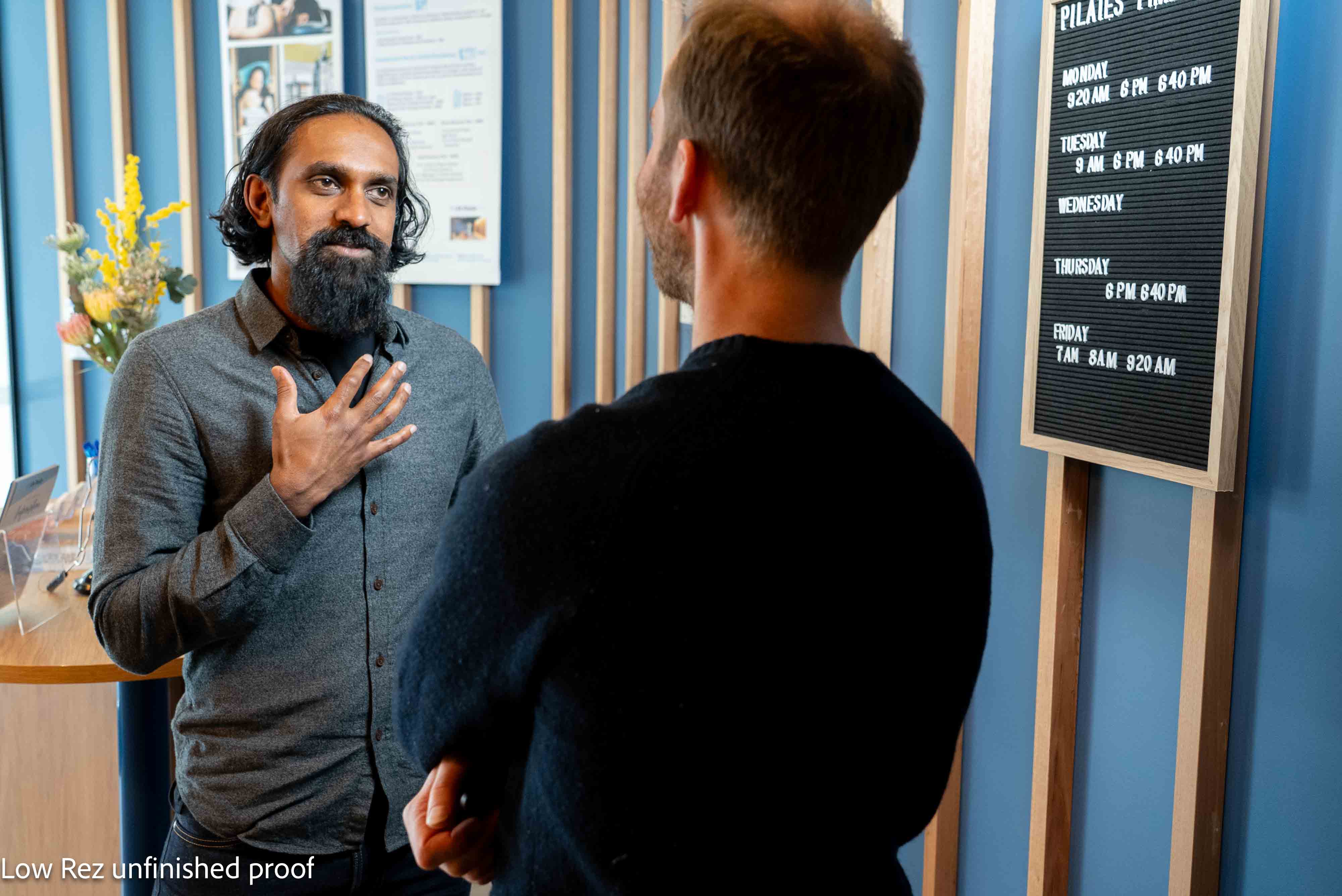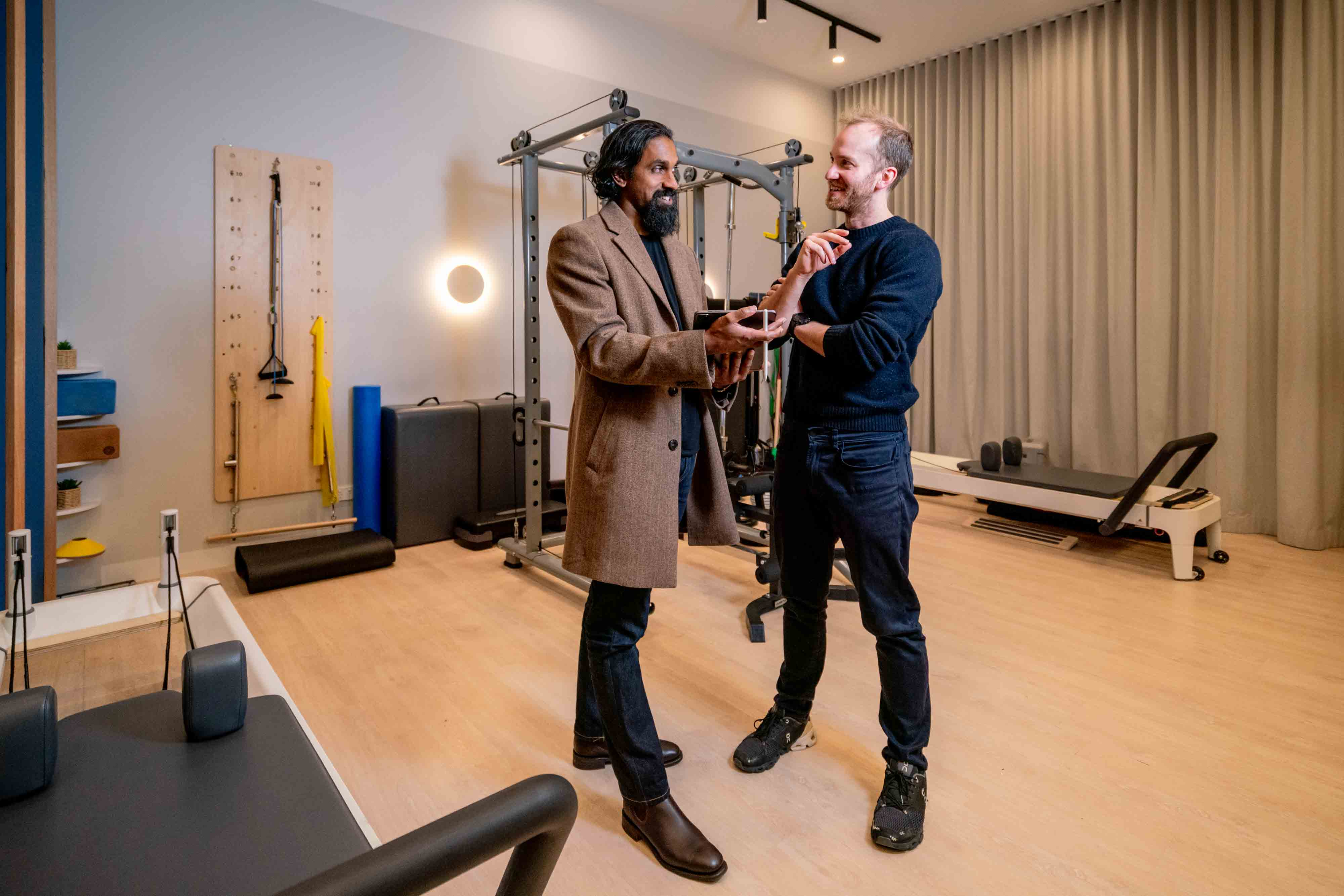NDIS Business Survival Strategy 2025

A strategic breakdown of the NDIS shakeup — and why smart $2–5M clinics are using this moment to strengthen margins, not retreat.

NDIS Business Survival Strategy 2025
Published by Shane Gunaratnam | Culture of One
A strategic roadmap for $2–5M NDIS clinics navigating funding reform
Introduction: The Panic Button Has Been Smashed
Last week, national media published a bold headline:
"30 to 50% of physio providers will exit the NDIS within six months."
This claim was echoed in mainstream outlets like Sky News, where concerns were raised about vulnerable Australians and a potential mass provider exodus.
But let’s stop and ask: Is this claim based on hard data, or is it driven by fear?
Because if you look under the hood, the reality isn’t quite so dramatic — but it is revealing. Yes, many NDIS providers are about to leave the scheme. But the ones who go? They were already on the edge. What’s coming now is a strategic separation between the businesses that adapt and scale, and those that remain bloated, inefficient, or culturally rigid.
This article breaks down the real economics of the current NDIS landscape, the hidden margin opportunities being ignored, and the precise moves $2–5M clinics need to make right now to survive — and even grow — through 2025.
Section 1: Fear vs Reality — Intention Is Not Action
Let’s be clear. Just because 50% of providers say they might leave the scheme doesn’t mean they will. Intention does not equal action.
Those who will exit the scheme will do so because they are forced out — not by ideology, but by structural inefficiency. The businesses that can’t adapt their operations, or that refuse to take billing seriously, are the ones in real danger.
While the fear narrative dominates headlines like this Sky News report, the real differentiator isn’t funding — it’s strategy.
Here’s the reality: the best businesses always get better during pressure. The worst either fold or fragment. Many of their clinicians become sole traders or shift to more stable operators. And guess who wins in that scenario?
The mid-sized clinics with strong systems, leadership, and clarity of purpose.
Section 2: The Economics That Really Matter
If you run a $2–5M NDIS clinic, the most important question right now is:
“Are we billing accurately for the work we're already doing?”
Most aren't. Here are two underutilised revenue lines that are entirely within your control:
- Kilometre Allowances: You can charge 99 cents per km in many plans, yet most clinics aren't doing it.
- Non Face-to-Face (NF2F) Time: Most clinicians spend ~15 minutes per session on admin, coordination, or case management. But few bill it appropriately.
Why? Because there’s a cultural blind spot: we see admin time as a break. But under NDIS, NF2F time is billable. And when you start documenting and claiming that properly, the economics of your business shift rapidly.
If you're running 500 consults per week and adding just 15 minutes of NF2F time per consult, that’s an extra 125 hours of billable time per week.
At standard rates, this can translate to $12K–$15K/week — over $600K per year.
This is not theoretical. This is revenue that belongs to you if you change how you operate.
Section 3: The Middle Is Under Threat
There are three main NDIS provider archetypes:
- Sole traders — Low overhead, high agility.
- Large-scale providers (60+ staff) — Operate with economies of scale.
- Mid-tier clinics (20–60 staff) — The danger zone.
Why? Because mid-sized providers are big enough to carry serious overheads but not quite big enough to fully benefit from scale.
They are stuck between flexibility and efficiency. And if they don’t adapt quickly, they will get hollowed out.
🎯 Want help navigating this? Let’s talk.
Book a free 15-minute strategy call:
https://calendly.com/culture-of-one/free15mincall
Section 4: What Smart Founders Are Doing
What separates the winners from the rest?
- ✅ They update service agreements to include NF2F time
- ✅ They bill km allowances wherever appropriate
- ✅ They audit operations quarterly to fix billing leakage
- ✅ They train their team to understand what is claimable and why
- ✅ They embrace admin as billable work, not a break
They understand what many don’t: NDIS isn’t just about service. It’s about survival through operational excellence.
This isn’t profiteering. It’s running a sustainable clinic that pays staff well and serves people better.
Conclusion: The Path Forward
If you're running a $2–5M clinic and you're not looking at:
- Micro-efficiencies
- Service agreement structure
- Team billing culture
- Scalable admin systems
...then the risk isn’t in the policy. It’s in your model.
The media can keep running headlines about collapse. You don’t have to be in that group.
This is your moment to get sharper. And if you want help?
👉 Book a free strategy call now
👉 Explore the Double Diamond coaching model
👉 Join our Circle community for live webinars and resources
About the Author
Shane Gunaratnam is the founder of Culture of One — a business coaching agency helping purpose-driven NDIS and allied health clinics build profitable, resilient practices without burning out their people.
Learn more at cultureofone.com.au



Recent Insight Articles
Explore more expert insights to deepen your understanding and find practical solutions for advancing your clinic's growth and sustainability.



